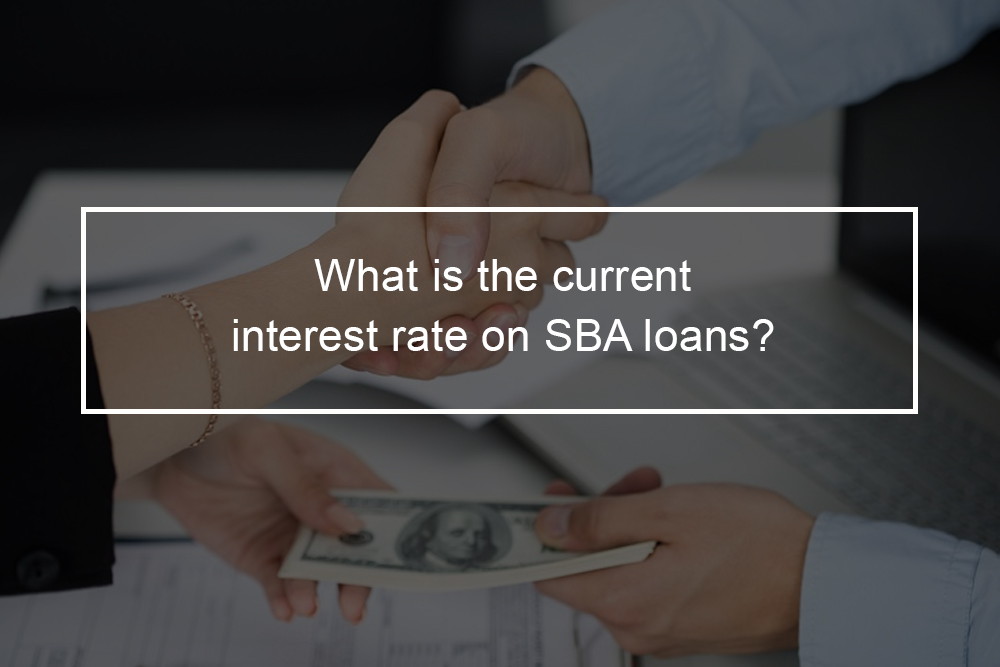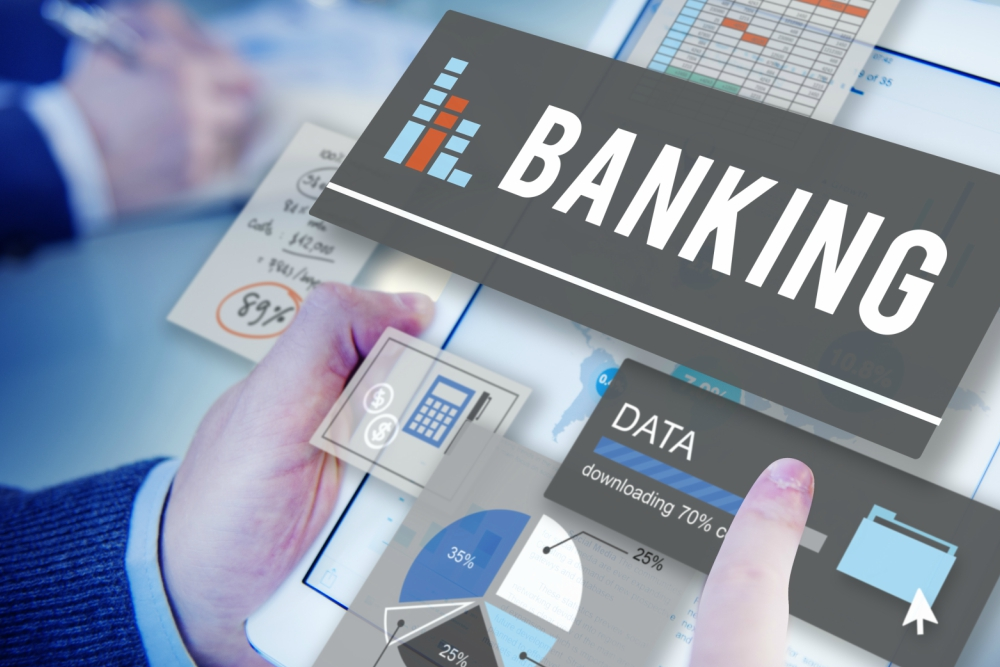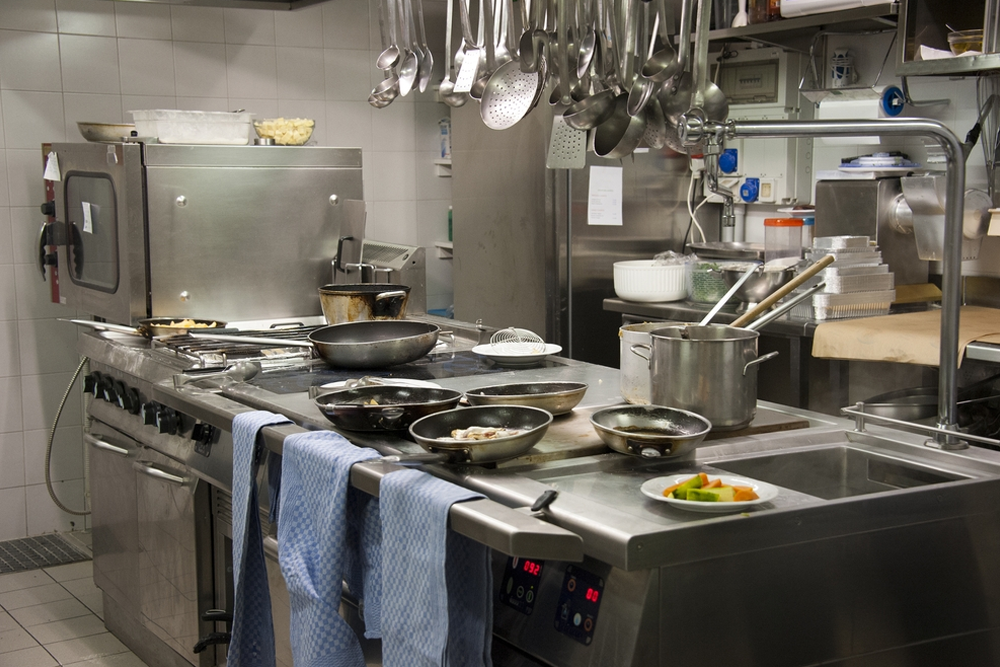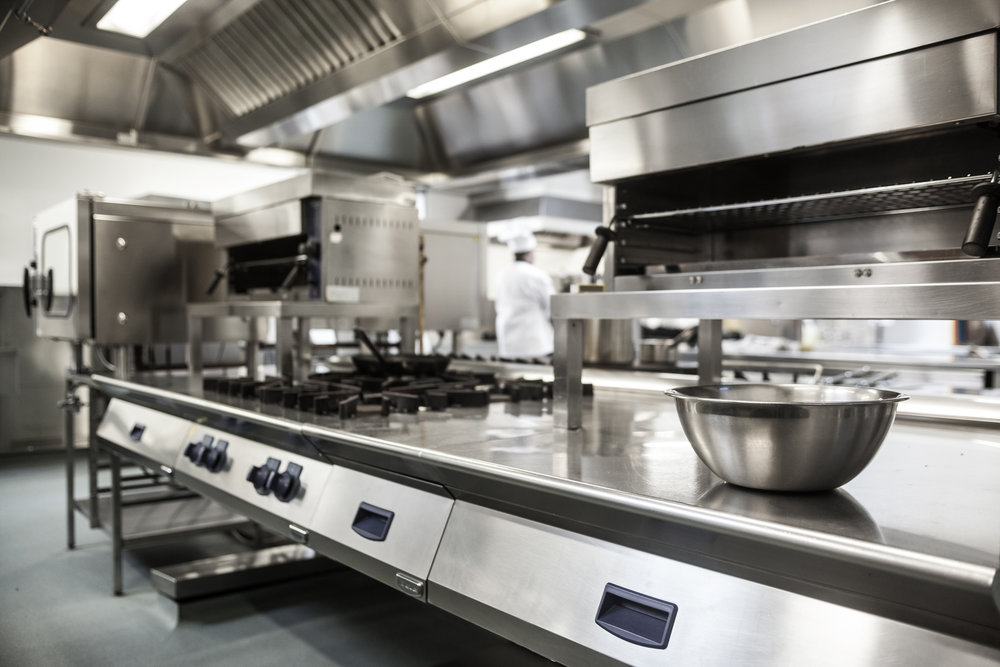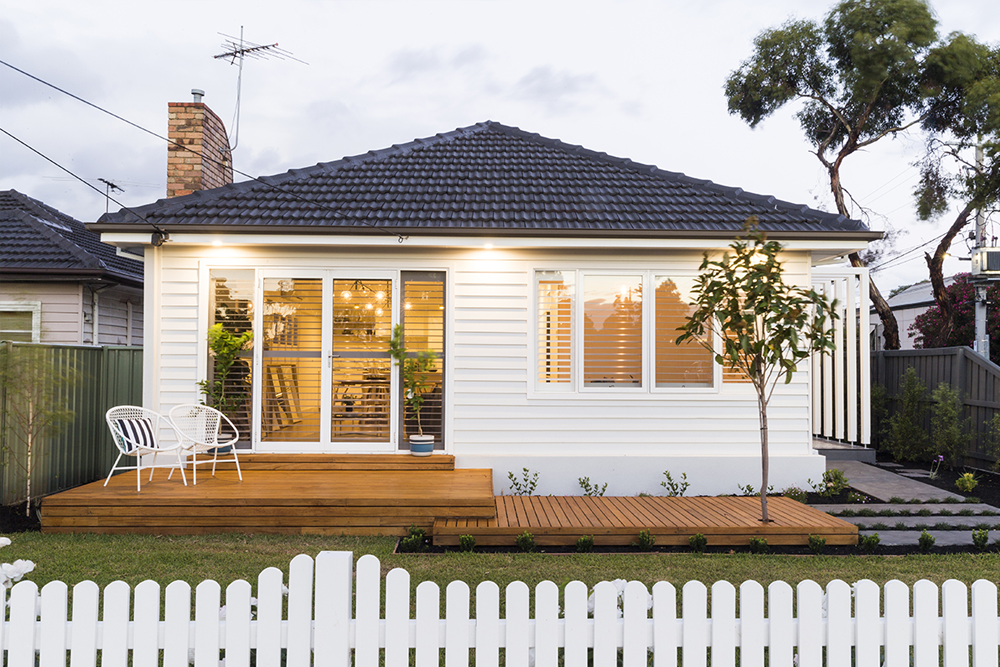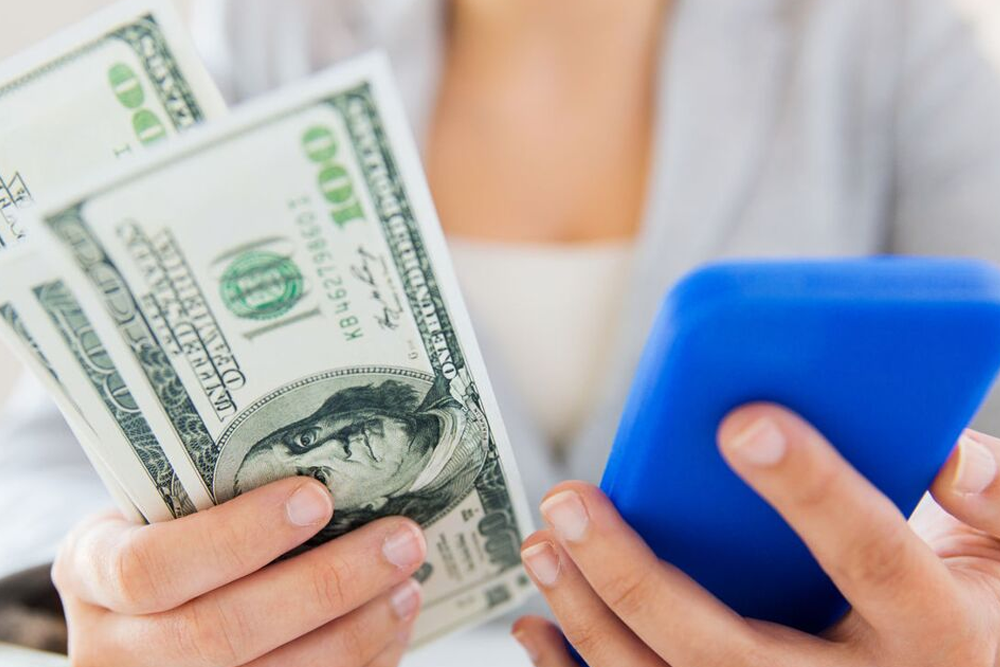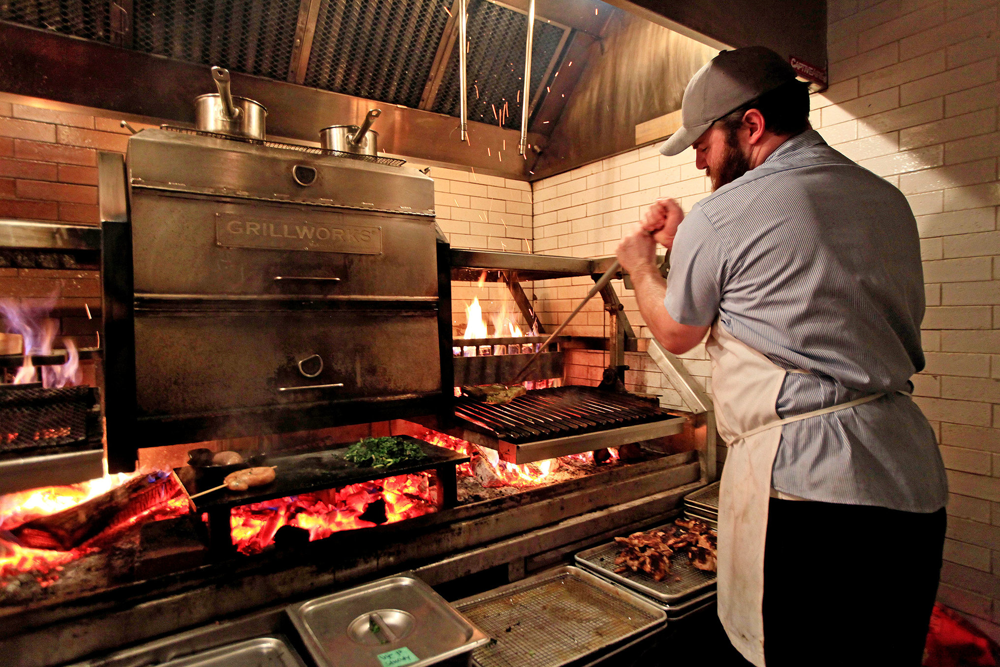The Small Business Administration, also known as SBA, offers several loan programs created to help small businesses grow. SBA loans are popular for having some of the lowest interest rates available. Here, we explain the rates for three of the SBA’s most popular loan programs: Disaster Loans (loans for rebuild following a disaster), CDC/504 Loans (business loans to fund real estate and other fixed assets), and 7(a) Loans (business loans for most general business purposes).
How SBA loan rates are set?
The SBA sets interest rate guidelines for lenders, which assists keep small-business owner’s borrowing costs low. Interest rates for SBA 7(a) program are the daily prime rate, and changes depending on actions taken by the Federal Reserve, and a lender spreads. The spread is negotiated between the lender and the borrower and can result in a variable or fixed interest rates. Nonetheless, the CBA caps the maximum spread lenders can charge depending on the loan’s maturity and size.
A lender offering an SBA loan might also calculate interest rates using the SBA’s optional peg rate rather than the daily prime rate or the one-month London Interbank Offered Rate plus 3-percent.
2020 SBA Loan Interest Rates
- (PPP) SBA CARES Paycheck Protection Program loan rate: one-percent
- (EIDL) Economic Injury Disaster rate: 3.75 (2.75-percent for non-profits)
- Other Disaster loan rates: often 2.75 to 4 percent
- SBA 7(a) loans current rates: 5.5 to 11.25 percent
- SBA Express loan interest rates: up to 7.75 or 0.75 percent
- SBA Microloan recent rates: 7.75 to 8.5 percent
- SBA 504 current interest rate: 2.231 to 3.546 percent
Details about interest rates on various SBA loan programs
SBA Paycheck Protection Program loan rates
PPP loans carry a fixed rate of one-percent for any balances nor forgiven. The repayment period is two years for loans approved by the SBA before 5 June 2020 or five years for loans approved after. Borrowers and Lenders might agree to a five-year term for loans approved 5 June 2020.
SBA EIDL loan rates
Economic Injury Disaster Loans linked to the COVID-19 disaster come with a fixed rate of 3.75 percent (2.75 percent) for up to thirty years. (It looks like loans are being offered with a thirty-year repayment term).
SBA Disaster loan interest rates
The Disaster loan plan has been around for many years. There are other SBA Disaster loans for companies in a federally declared disaster region (for instance, areas affected by fires, earthquakes, hurricanes, and other disasters). Businesses might apply for loans of up to $2 million for physical damages because of the disaster. Businesses that are suffering an economic injury because of disaster loans might apply for an Economic Injury Disaster Loan of as much as $2 million, and loan proceeds might be used for working capital to assist the business pay bills it would have paid had the disaster not happened.
The interest rate will be framed when the disaster is declared and will cover all loans processed with respect to that disaster declaration. In current disasters (2019 and 2020), the interest rate has been 4-percent (2.75 percent for private nonprofits).
By law, the interest rate is based on whether the business has Credit Available Elsewhere. The SBA will determine if the applicant does or does not have sufficient money or other resources, or the capability to borrow from non-government sources, to provide for its own disaster recovery. Business owners that do have other resources are deemed to have credit available elsewhere. (EIDL applicants who are determined to have Credit Available Elsewhere do not qualify for EIDL disaster assistance).
The maximum for an SBA Disaster loan is thirty years. Businesses with a credit available elsewhere have a maximum repayment term of seven years. The Small Business Administration will set the payment amount and the length of repayment based on the borrower’s ability to repay.
MREIDL loan rates
For SBA loans under the Military Reservist Economic Injury Disaster Loan program, the published interest rate will be allocated to MREIDL loans changes quarterly. Nonetheless, after the appropriate interest rate is assigned to an MREIDL loan at the period of approval, it remains fixed. The interest rate to be used on any MREIDL loan is SBA’s published EIDL interest rate when the MREIDL application is approved.
SBA 7(a) loans
SBA 7(a) programs come with interest rates in variable or fixed (typically adjusted quarterly) variety. Your bank lender decides which it will offer. To protect borrowers, the SBA puts a cap on 7(a) loan rates by reducing the spread a bank is allowed to apply to the loan’s base interest rate. In other words, the SBA restricts the amount the bank can make off your SBA loan.
As long as your loan amount is more than $50,000 and the term is less than seven years, your rate will be framed by the prime rate, and the maximum spread will be 2.25 percentage points on the upper side. For SBA loans of higher than $50,000 and seven years or more, your rate will still be determined by the prime rate; however, that spread accelerates to 2.75 percentage points. Like all kinds of loans, the interest rate you pay is based on your credit score and the repayment term length.
And finally, when you receive your loan, make sure you calculate your APR. The APR will be different than your interest rate, including any guarantee fees or origination fees you are charged to get the true cost of the SBA loan.
SBA Express loan interest rates
SBA Express loans fall into the SBA 7(a) umbrella. They are easier and faster to apply for. Lenders can charge up to:
- 4.5 percent over the Prime interest rate on loans over $50,000 up to $350,000 (for Export Express $500,000 ), making the present rate for these loans up to 7.75 percent.
- 6.5 percent over the Prime rate for business loans of $50,000 or less, despite the maturity of the loan, making the recent rate for these loans up to 9.75 percent.
There are other pricing alternatives available to lenders as far as they do not exceed the SBA maximum allowable interest rate. Normally these loans offer up to $350,000; nonetheless, the CARES Act temporarily increased that ceiling to $1 million through the end of 2020.
SBA Microloans
Are you seeking the smaller but potentially more easily accessible SBA microloans? When repaying this SBA loan, you need to know that the rates can vary from lender to lender. Yet, the SBA puts limits in place for lenders when charging interest to borrowers. The present maximum interest rate is:
- 8.50 percent for loans of $10,000 or less
- 7.75 percent for loans of more than $10,000
The terms of these business loans will never be longer than six-year terms. Not all microloans will need collateral, making them an attractive option for small businesses that require smaller financing sources.
Microloans are actually small business loans in that the loan amount is capped at smaller loans of up to $50,000. They might be used to purchase equipment materials, supplies, fixtures, furniture, and working capital. Borrowers might not use the money to buy real estate or for the home of a business owner, not unless that home is used mainly for business. Lenders might choose to enable microloans to be used to refinance debt at their discretion- when they think it will increase cash flow for the company.
CDC loans (SBA 504 Loans)
SBA 504 Loans ( also called 504 CDC loans) provided funding through two different lenders and administered by one lender. One half of the loan is given by the bank; however, another amount (up to forty-percent) comes from (CDC) Certified Development Company- which then sells the debt (also called the debenture) to a private investor. The other ten to twenty percent comes from the borrower in the form of a down payment.
The method for calculating SBA 504 loan rates is complicated. The current formula calculates the effective rate monthly based on the declining balance. Recently monthly 504 effective interest rates range between 2.231 to 3.56 percent based on if the loan carries a ten, twenty, or a twenty-five-year loan term and the period in which the interest rate is calculated.
Typically there is no limit on the size of the project for these loans; however, the maximum SBA debenture is generally $5 million. Funds are usually used for large projects like real estate purchases (where at least fifty-one percent must be owner-occupied, and more in some situations), expansion of facilities, or purchase of large equipment. The maximum repayment term is either ten, twenty, or twenty-five years.
Keeping up on Small Business Administration’s rates and terms is part of a small approach to finding a small business loan. SBA loans give borrowers the best interest rates, even though the application process can be complicated and time-consuming. If you need money fast, many online lenders can help you get the capital you require. Nonetheless, they have less favorable APRs.

